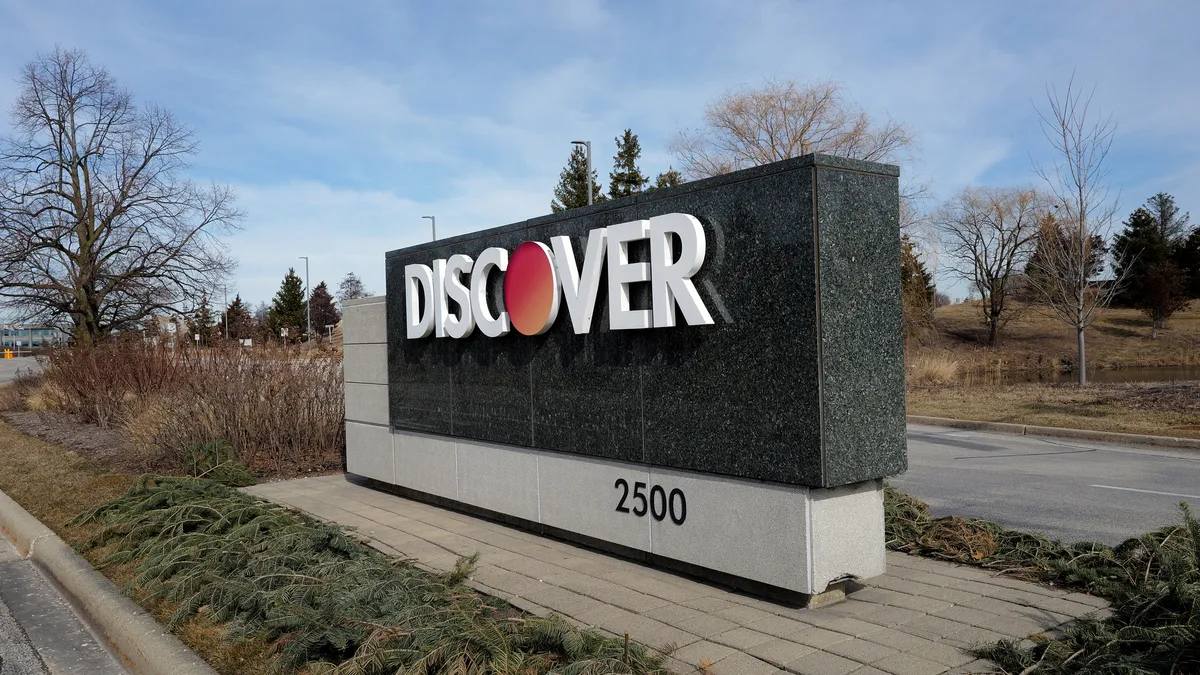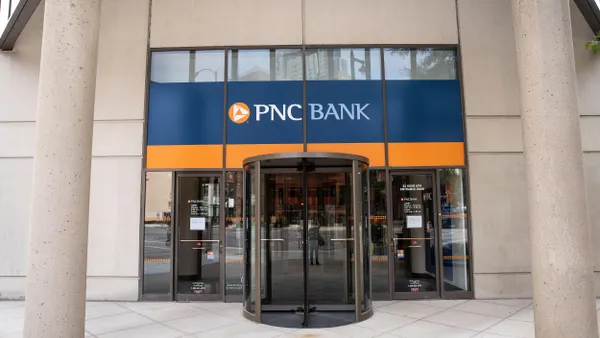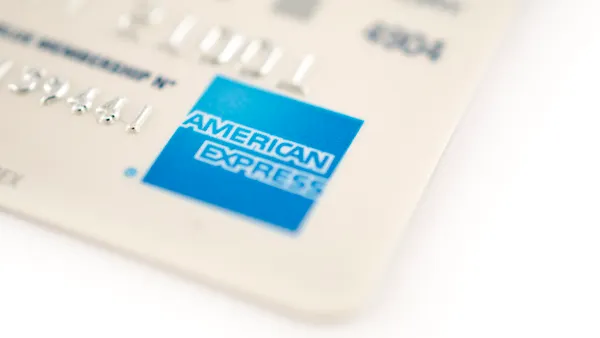Visa is locking arms with a pack of fintechs as it pursues development of stablecoin payments for cross-border transactions.
Over the past week, the largest U.S. card network disclosed working with digital payments upstart Stripe’s stablecoin orchestration unit Bridge to enable payments in Latin America. It also struck up partnerships with stablecoin companies Baanx and Rain to facilitate disbursements, commerce and financial services.
Stablecoins are cryptocurrencies tied to fixed values, like fiat currencies, and therefore they’re considered a steadier store of value than crypto coins such as bitcoin.
Stablecoins could be used in the massive remittances market, Richard Meszaros, Visa’s head of cross border money movement, told attendees last week during a panel discussion at the Nacha Smarter Faster Payments conference in New Orleans.
Remittances are used by individuals to send money mainly to family members and friends, and the U.S. is the biggest part of that market. Stablecoins might be used to reduce the costs of sending such payments and increase transparency with respect to exchange rates and fees.
“We do believe that (stablecoins present) significant opportunity for cross-border payments,” Meszaros said during the Wednesday discussion focused on cross-border transactions.
Stablecoins could also be used by companies to pay employees, contractors or suppliers, among other possibilities.
“Visa, actually, has been working over the past two years on a cross-border settlement using stablecoins between an issuer and an acquirer, and that allows for 24-by-7 settlement, not beholden to a banking day,” Meszaros explained. “It also allows for a kind of reconciliation and streamlining of the operational aspect of that payment.”
San Francisco-based Visa isn’t the only company that’s seeking to tap stablecoins for cross-border purposes. Digital payments pioneer PayPal and card rival Mastercard also sees possibilities on that front.
Visa has positioned itself to act as a network-of-networks, bridging domestic systems to provide cross-border payment services. Currently, its Visa Direct service reaches 14,500 financial institutions in about 200 countries and territories, processing about 630 million transactions each day, Meszaros said.
As for expanding cross-border activity via stablecoins, “regulatory clarity” remains a sticking point, as does the means to link such cryptocurrencies into the broader payments system, Meszaros said.
Other participants on the panel agreed that hurdles remain. For instance, fees for moving stablecoins in and out of the broader payments system remain an impediment, said Kunaal Patel, head of business development and partnership at the fintech Partior. The fees squeeze the amount of liquidity circulating in the stablecoin arena, he noted.
The fees “are still quite high,” Patel said during the panel discussion. “I think those do need to come down to unlock some of that capital.”
In addition, consumer and corporate demand for stablecoin services is still low, a Worldpay executive said last year at a different industry conference.
Indeed, Visa’s CEO Ryan McInerney tamped down expectations for stablecoins last week during a call with analysts to discuss the company’s earnings. When an analyst asked him about stablecoin settlements, McInerney said it was a “milestone” that the company had recently settled a cumulative $200 million in stablecoin payments, but also noted it remains “a very small portion of our overall settlement volume.”
The company has made investments in the cryptocurrency area, and specifically in stablecoins, for years, McInerney said. For example, the venture arm of Visa recently put capital into the British startup BVNK, for the card network's first direct investment in a stablecoin infrastructure firm, the outlet Forbes reported Tuesday.
“It's still early, but we do see real potential,” the CEO added.













